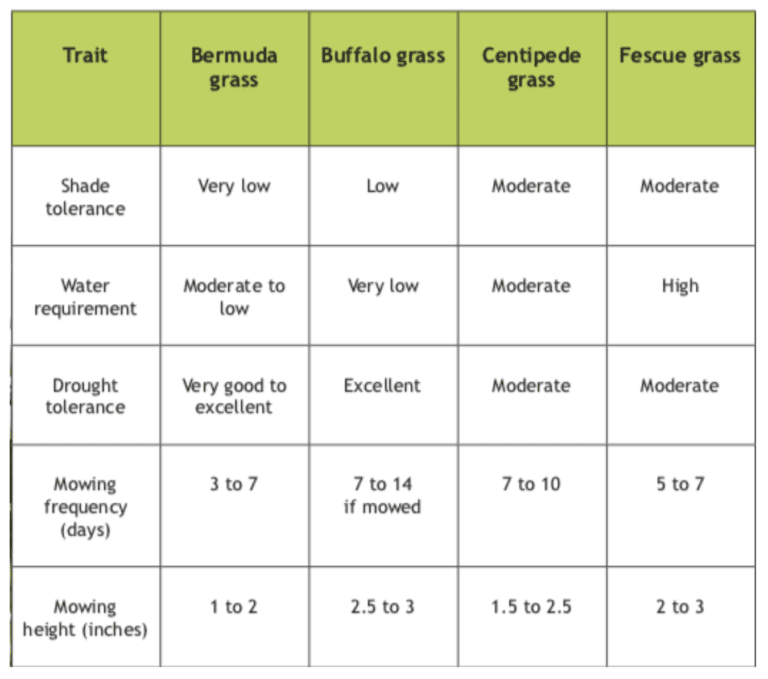With the growing population of Texas (can we blame them?!), it’s important to ensure we have enough water for current and future Texans. Luckily, we can all play a role in conserving water. The easiest way to do this is to wise up on your landscape watering as outdoor water constitutes a large portion of overall residential water use. The three things to remember in Texas landscape watering are:
- Choose plants adaptive to conditions in your area of the state
- Measure the amount of water needed to irrigate your landscape
- Use the right tools and methods to deliver the best amount
Remember, having a beautiful lawn is still possible while trying to conserve water. Lawns don’t waste water, people do! Client’s First Landscape Solutions can set you up with an optimal watering system specific to your landscape. Having a lawn comes with many ecological benefits like, reduction of heat load, noise, and water and air pollution. They also help harvest water to recharge the ground-water resources. With proper planning and maintenance, turfgrass entraps organic pollutants, protects soil from erosion, reduces climatic temperature, and even protects structures from fire by making a noncombustible green zone. However, proper planning of your lawn and landscape and watering practices are what make all the difference between water waste and conservation.
Choosing Your Grass
Since lawns cover the majority of Texas residential landscapes it’s important to choose the right turfgrass and use good landscaping methods, as we do at Client’s First Landscape Solutions.
- We ensure the grass chosen is adapted to the climate, intended use and site-specific conditions
- It helps if you prepare and maintain a healthy soil (see previous blog posts)
- Follow through by establishing a good cultural program (mowing, fertilizing, irrigating, etc.)
Being able to match traits to location conditions is the best way to develop a healthy lawn and conserve water. See the chart from twdb.texas.gov

So how does selecting the right turfgrass help conserve water? Once it’s well established, a warm-season lawn can survive on less than the optimum rainfall amount. Most types will thrive anywhere that receives about 20 inches during the growing season (generally, four to six weeks after the last frost through the first frost of the fall.)
As stated before, you also need to consider the mowing needs of the different varieties; some will need to be mowed more often than others. A healthy lawn needs no more than one-third of the grass blade when mowing. Sun exposure is also important.
Soil also plays an important role in the sustainability of your landscape. Many Texas yards have high clay content and drain slowly while retaining water; clay soils take longer to absorb water but keep it longer. Some soils are more sandy in content which allows for quick draining and less water retained. Plants in sandy soils need less water more often. By adapting your watering practices to the soil in your area, you can ensure the water you use is applied to your landscape rather than going straight down the drain.
Mulch, as we know, is also a great way to reduce the evaporation of soil moisture. It also helps maintain uniform soil temperatures, reduces soil erosion, controls weeds, and enriches the soil (when organic). In Texas, three to four inches of mulch should be applied around plants and trees.
How to Calculate Your Watering Needs
When we help you choose the right plants and turfgrass best suited for your area, how do you know when and how much to water your landscape? Healthy, well-irrigated grass needs no more than 1 inch of water a week during hotter months of summer. The best time to water plants is in the early morning or late evening when the winds tend to be calmer and temperatures are lower. Did you know, it’s important to give leaf surfaces time to dry before nightfall to deter disease and decay?
It’s best if you can wet the soil to a depth of 4 to 6 inches to reach the root system of your plants. To determine how long you need to set your sprinkler to achieve the proper depth, set 5 open-top shallow cans randomly spaced in the area. Set the sprinkler for 30min. Measure the depth of water in each can and determine the average depth by adding the total from each can and dividing by 5. Measure the depth of the wetness of the soil to determine how to adjust your watering time.
Proper irrigation is of course, very important. But there’s no need to get into the details here. Call to get a consultation with us today and see first hand how we can put the practices in place on your landscape!